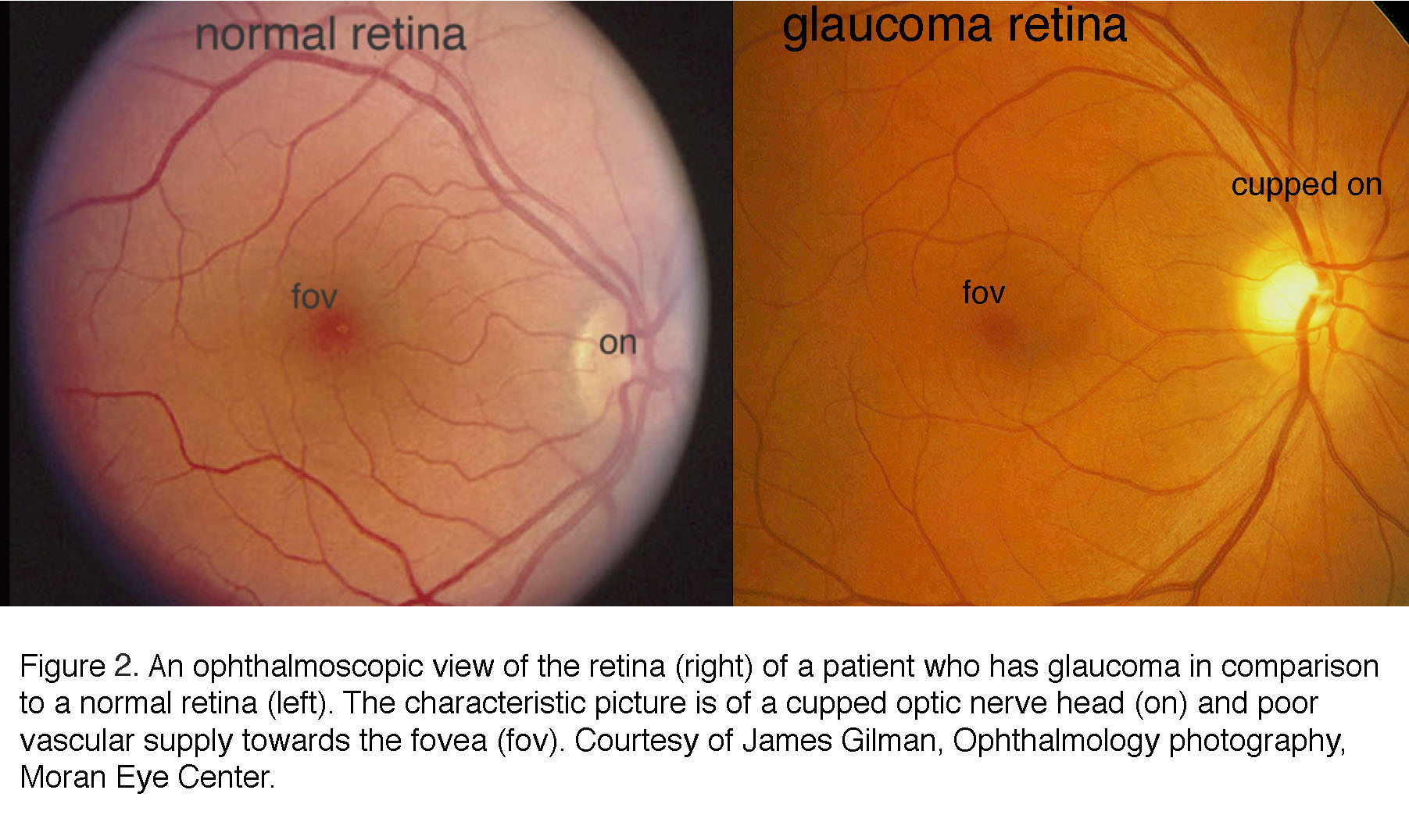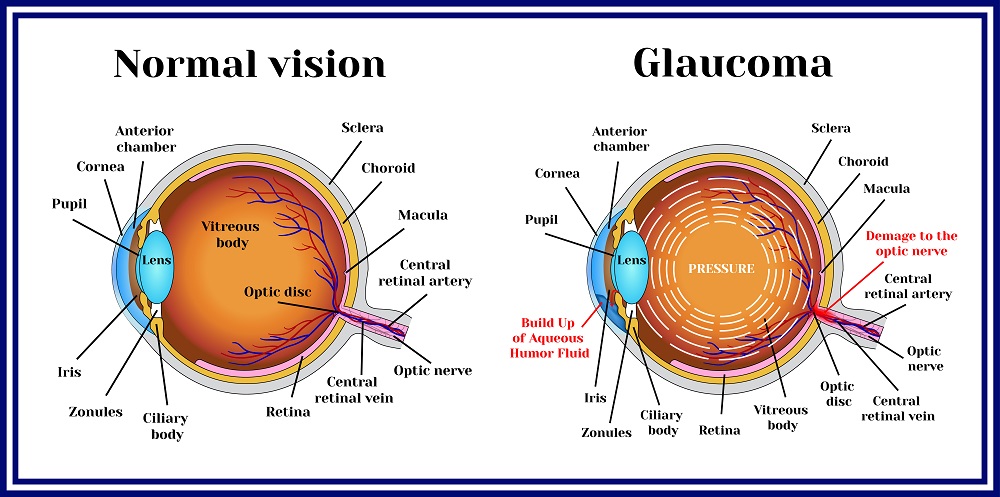Experienced Retina Service Near Me: Comprehensive Eye Care Solutions
Experienced Retina Service Near Me: Comprehensive Eye Care Solutions
Blog Article
Understanding the Different Vision Modification Procedures Available for Clearer Sight
In the realm of vision modification treatments, a wide range of alternatives exist to address refractive mistakes and give individuals with clearer sight. From the extensively identified LASIK surgery to less invasive treatments like PRK and implantable lenses, the area of ophthalmology supplies a series of methods tailored to fit various demands and choices. Each treatment comes with its own collection of factors to consider, advantages, and possible threats. Recognizing the nuances of these vision modification approaches is crucial for making informed decisions about one's visual health and wellness. Allow's discover the intricacies of these procedures and shed light on the path to accomplishing improved vision clarity.
LASIK Surgical Procedure
LASIK surgical treatment is a common refractive procedure made use of to fix vision troubles such as farsightedness, nearsightedness, and astigmatism - retina service near me. This medical strategy, which stands for Laser-Assisted sitting Keratomileusis, intends to improve the cornea to enhance exactly how light is concentrated on the retina, inevitably enhancing vision clearness. During the procedure, a thin flap is created on the cornea, and a laser is made use of to get rid of accurate amounts of tissue to improve it suitably. This reshaping enables light to be accurately concentrated onto the retina, dealing with refractive errors.
One of the key advantages of LASIK surgical procedure is the rapid enhancement in vision experienced by patients. Generally, LASIK surgical procedure is a popular option for people looking for a lasting remedy for their vision problems.
PRK Procedure
While also an usual refractive treatment, the PRK (Photorefractive Keratectomy) strategy varies from LASIK surgical treatment in its approach to dealing with vision troubles. In PRK, rather than creating a flap on the cornea, the external layer of the cornea, called the epithelium, is completely eliminated. This allows the laser to reshape the cornea to deal with refractive errors such as farsightedness, nearsightedness, and astigmatism straight externally.

In spite of the longer healing time, PRK can generate excellent cause vision enhancement, making it a useful choice for those that might not be suitable candidates for LASIK surgical treatment.
Implantable Lenses
Unlike PRK where the cornea is improved directly, implantable lenses use an additional approach for dealing with vision by putting fabricated lenses inside the eye. This treatment is specifically beneficial for individuals with high levels of nearsightedness, astigmatism, or farsightedness who might not appropriate prospects for laser surgical treatments like LASIK or PRK.
Implantable lenses, likewise called phakic intraocular lenses, work by supplementing the eye's natural lens with an artificial one. glaucoma service near me. These lenses can be retina service near me positioned before the all-natural lens (former chamber) or behind the iris and in front of the natural lens (posterior chamber) By adjusting the power and positioning of these lenses, eye doctors can properly deal with refractive mistakes and boost aesthetic skill
One benefit of implantable lenses is that they are exchangeable and detachable, giving versatility for future changes. However, similar to any kind of surgery, there are risks included, such as infection or cataract formation. Patients taking into consideration implantable lenses ought to talk to an eye care specialist to figure out the most ideal choice based upon their individual needs and eye health.
Corneal Rings
Corneal rings, also called intracorneal ring segments, are small, clear gadgets placed right into the cornea to fix vision distortions such as keratoconus. Keratoconus is a condition where the cornea thins and protrudes outside, causing vision to become altered. The insertion of corneal rings assists to flatten the cornea, enhancing aesthetic acuity and minimizing the irregular astigmatism created by keratoconus.
The procedure for putting corneal rings is reasonably quick and minimally invasive, typically performed as an outpatient treatment. During the surgical treatment, the eye doctor makes a little laceration in the cornea and inserts the rings at a specific deepness. When in place, the rings aid to improve the cornea, giving a smoother surface area for light to go into the eye, which can cause clearer vision.
Corneal rings are considered a relatively easy to fix treatment, as Read Full Report they can be removed or replaced if necessary. glaucoma service near me. While they may not totally eliminate the demand for glasses or call lenses, corneal rings can significantly boost vision high quality and total visual comfort for individuals with keratoconus or other corneal abnormalities
Refractive Lens Exchange
Following the improvement of corneal irregularities with procedures like corneal rings, another vision improvement method that can attend to refractive mistakes is Refractive Lens Exchange (RLE) RLE is a surgery that entails replacing the eye's natural lens with a synthetic intraocular lens (IOL) to fix refractive mistakes such as farsightedness, presbyopia, and nearsightedness. This treatment is especially advantageous for individuals who might not be appropriate prospects for procedures like LASIK or PRK as a result of factors such as thin corneas or high refractive errors.

Verdict
Finally, there are numerous vision adjustment treatments available to aid people achieve more clear view. LASIK surgery, PRK treatment, implantable lenses, corneal rings, and refractive lens exchange are all alternatives that can address different vision problems. It is necessary for people to talk to their eye care supplier to establish one of the most suitable procedure based on their particular requirements and preferences. With improvements in modern technology, attaining boosted vision is now more obtainable than ever before.
In the realm of vision modification procedures, a wide variety of choices exist to attend to refractive mistakes and supply people with more clear view.LASIK surgical procedure is a typical refractive treatment made use of to deal with vision troubles such as nearsightedness, farsightedness, and astigmatism.While also an usual refractive treatment, the PRK (Photorefractive Keratectomy) method differs from LASIK surgical treatment in its method to fixing vision problems.Complying with the adjustment of corneal irregularities with procedures like corneal rings, another vision correction technique that can resolve refractive mistakes is Refractive Lens Exchange (RLE) LASIK surgical treatment, PRK treatment, implantable lenses, corneal rings, and refractive lens exchange are all alternatives that can resolve various vision problems.
Report this page